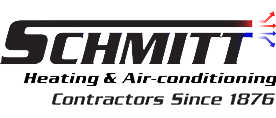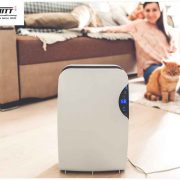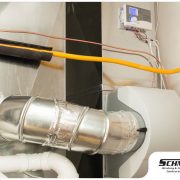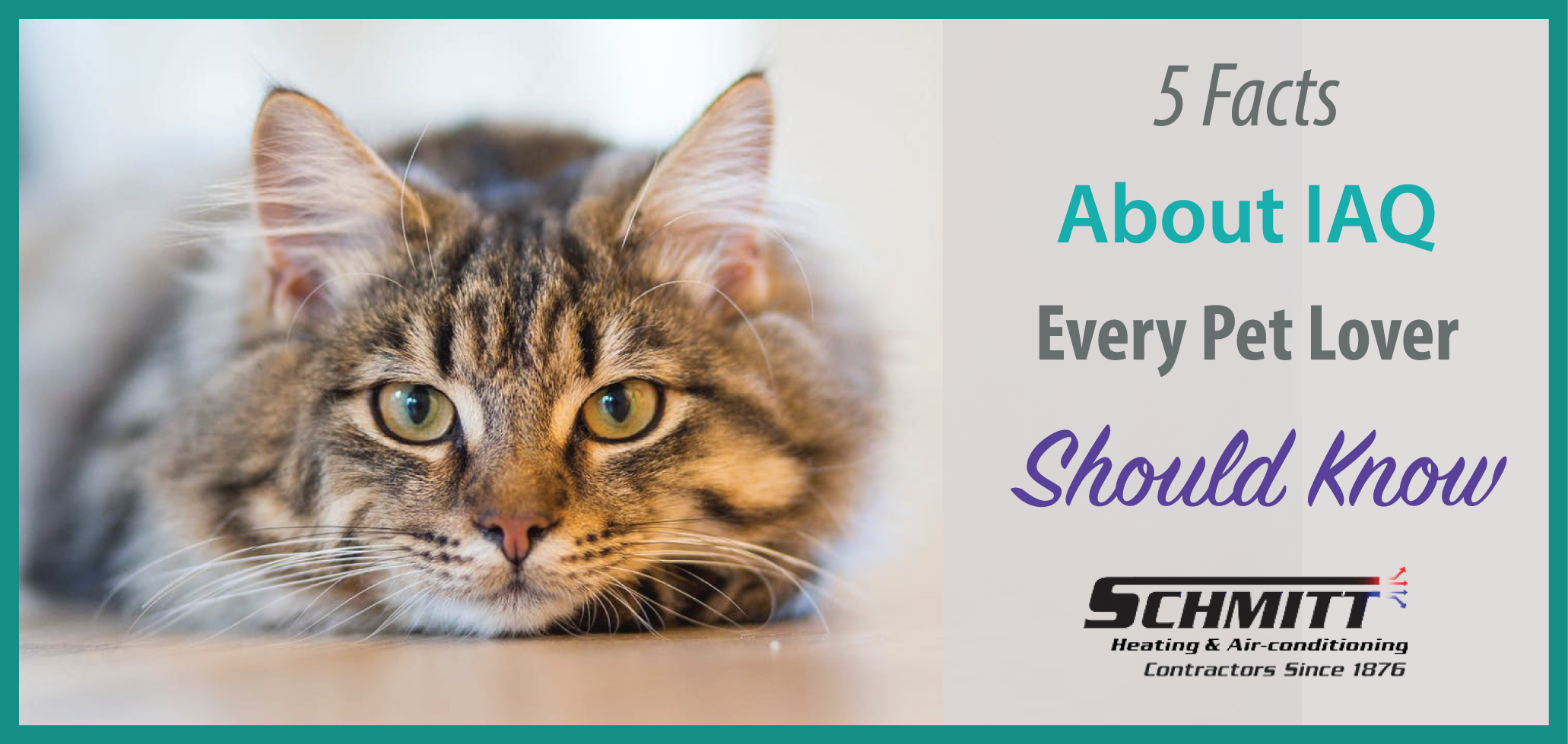What’s Hiding in Your Home’s Air?
The air inside your home might seem fresh, but lurking in the unseen corners could be a host of hidden pollutants. From sneaky allergens like dust mites and pet dander, to volatile organic compounds (VOCs) from cleaning products, the air you may be breathing at home can be a surprising mix of irritants. Schmitt Heating & Air Conditioning discusses in this blog the common culprits polluting your indoor air and offers tips to reclaim the clean, healthy air you deserve.

Silent Threats in Indoor Air Quality
Indoor air quality in homes may be affected by a variety of pollutants. These can range from seemingly benign sources like your beloved wood stove to the very materials used to construct and furnish your home. Common offenders include:
- Combustion Products of Gas Heaters and Ranges. Gas heaters and wood stoves are heat sources that provide comfort, yet they also introduce combustion products like carbon monoxide and nitrogen dioxide into our indoor environment. These pollutants can cause respiratory irritation and have long-term health impacts.
- Building Materials and Furniture. Modern and vintage homes alike may contain materials that off-gas harmful substances. Formaldehyde is frequently spotlighted due to its presence in pressed wood products found in cabinetry, flooring, and furniture. Exposure to formaldehyde can trigger a variety of health issues, from eye and throat irritation to potentially elevating cancer risks.
- Environmental Tobacco Smoke (ETS). Despite the widespread knowledge of smoking’s adverse health effects, environmental tobacco smoke continues to be a prevalent indoor air pollutant. ETS or secondhand smoke contains over 4,000 compounds, many of which are carcinogenic. This is of particular concern in densely populated areas where shared living spaces may contribute to inadvertent exposure.
- Biological Contaminants. The indoors can also be breeding grounds for biological agents. Mold, pollen, and dust mites thrive in various humidity levels, leading to respiratory and allergic health issues. The presence of pets can further exacerbate this problem by adding dander to the mix of indoor pollutants.
Improving Air Quality
Given the variety of potential sources of indoor air pollution, it is important for homeowners to take proactive steps to protect their indoor environment. Regular maintenance of heating systems, ensuring adequate ventilation, and reducing reliance on known pollutant sources like tobacco products can significantly improve air quality. In older homes, testing for radon and asbestos is advisable given their prevalence and health risks.
Count on our expert team at Schmitt Heating & Air Conditioning to deliver top-notch indoor air quality solutions, ensuring a comfortable, healthy, and efficient home or workplace in San Francisco, CA. To learn more about our ventilators, humidifiers, air purifiers and UV lamps, give us a call at (415) 689-7849, or fill out our contact form to request an estimate.















Leave a Reply
Want to join the discussion?Feel free to contribute!